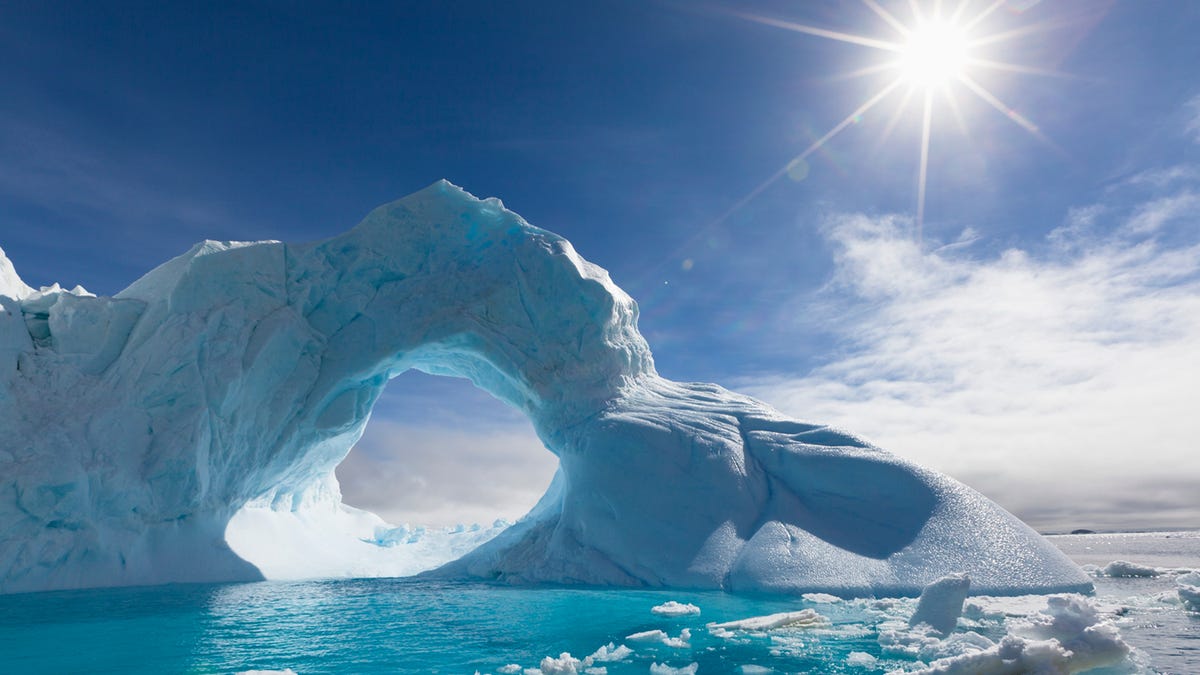Antarctic ice may conceal the world's most massive canyon
Satellite data reveals the rocky continent under the Antarctic ice may contain the largest canyon in the world.
There may be something in H.P. Lovecraft's "At the Mountains of Madness" after all.
A massive canyon system and lake have been found running under the ice on the Antarctic continent, according to satellite data. And, if the data is being read correctly, that system runs for over 1,000 kilometres (621 miles) up to depths of 1 kilometre (3,280 feet).
Like the explorers in Lovecraft's 1931 novella, which details the fictional discovery of ancient ruins in the Antarctica, a team of researchers is currently working on revealing the full depths of the huge and ancient structure.
The canyon system, located in the difficult-to-map region of Princess Elizabeth Land in East Antarctica, vastly outstrips the Grand Canyon, which measures 446 kilometres (277 miles) in length.
The researchers believe that the system was carved out by water and was either there before the Antarctic ice sheet formed, or was created by water flowing underneath the ice, eroding the rock. Their findings have been published in the January issue of the journal Geology.
"Our analysis provides the first evidence that a huge canyon and a possible lake are present beneath the ice in Princess Elizabeth Land. It's astonishing to think that such large features could have avoided detection for so long," said lead researcher Stewart Jamieson of the Department of Geology at Durham University in the UK.
Surface morphologies that indicate the canyon system and lake (black) shown with drainage patterns (red, yellow, blue).
"This is a region of the Earth that is bigger than the UK and yet we still know little about what lies beneath the ice. In fact, the bed of Antarctica is less well known than the surface of Mars. If we can gain better knowledge of the buried landscape we will be better equipped to understand how the ice sheet responds to changes in climate."
The team of researchers first performed analysis of the surface ice. The topography of the rock can be roughly determined by the shape of the ice that covers it, since the rock forms the basis for the ice formation. This method has been confirmed by examination of other regions of Antarctica.
Striations on the surface of the ice seemed to indicate the shape of a canyon underneath the surface, as well as a subglacial lake covering up to 1,250 square kilometres (483 square miles). To confirm this hypothesis, the team used radio-echo sounding to probe beneath the surface of the ice in several regions. The data returned matched what the team had surmised based on the surface observations.
Currently, the team is working on performing radio-echo sounding of the entire region by air. This will confirm the existence of the canyon system and lake, with results to be delivered later in 2016.
The team attributes the discovery to recent technological advances, said co-author Neil Ross form Newcastle University in the UK.
"Our identification of this landscape has only been possible through the recent acquisition, compilation and open availability of satellite data by many different organisations (e.g. NASA, ESA and the US National Snow and Ice Data Center), to whom we are very grateful, and because of some serendipitous reconnaissance radio-echo sounding data acquired over the canyons by the ICECAP project during past Antarctic field seasons," he said.
Let's hope there are no alien Elder Things or bubbling Shoggoths lurking in the depths.


